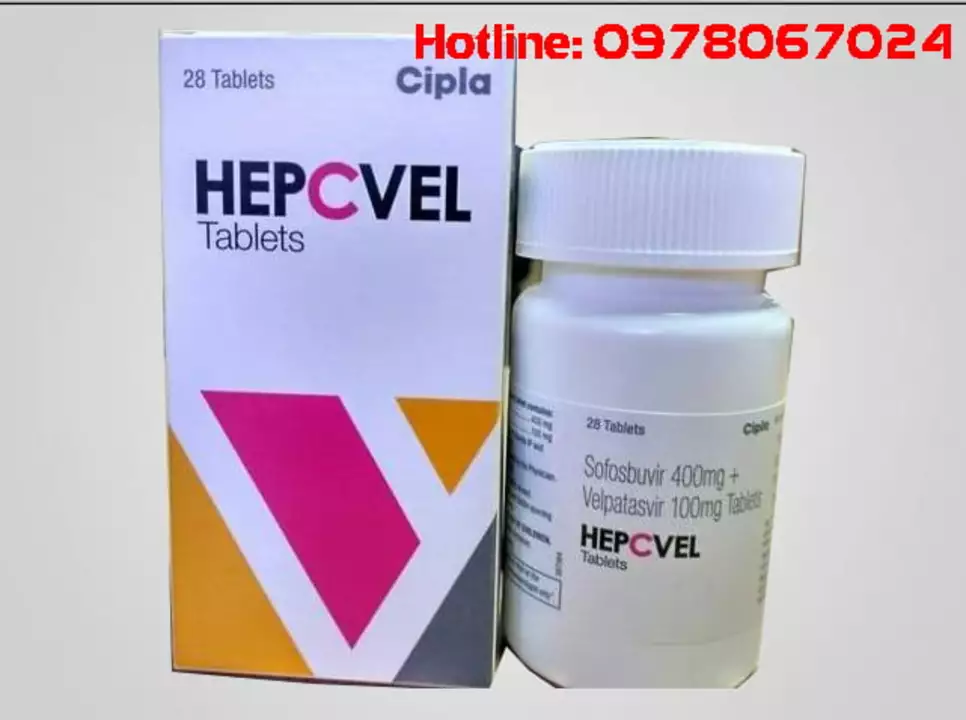Velpatasvir: a clear, practical guide
Velpatasvir is an antiviral drug used with sofosbuvir to treat chronic hepatitis C virus (HCV). You’ll often see the combo sold as Epclusa. Together they work across HCV genotypes 1–6 and offer high cure rates—commonly around 90–99% with a typical 12-week course in people without advanced liver disease.
If you’re wondering how it works: velpatasvir blocks a viral protein called NS5A that the hepatitis C virus needs to copy itself. Sofosbuvir blocks a different viral enzyme. Hitting the virus in two spots makes the treatment very effective.
How it's taken and who gets it
Standard dosing is one tablet a day containing sofosbuvir 400 mg plus velpatasvir 100 mg, usually for 12 weeks. Doctors may adjust duration or add other drugs for people with prior treatment failure or certain types of cirrhosis. If you have severe kidney disease (eGFR under 30) your doctor will discuss options—sofosbuvir-containing regimens need special care in that case.
Before starting you’ll get blood tests: HCV genotype, viral load (HCV RNA), liver function tests, and often screening for hepatitis B and HIV. A follow-up viral load 12 weeks after finishing treatment (SVR12) is the typical way to confirm a cure.
Side effects, interactions, and safety tips
Most people tolerate velpatasvir/sofosbuvir well. Common side effects are headache, fatigue, nausea, and trouble sleeping. Serious problems are rare, but watch for new or worsening liver symptoms (yellowing skin, dark urine, severe fatigue) and contact your provider right away.
Key drug interactions matter: avoid strong CYP inducers (rifampin, carbamazepine, phenytoin) and St. John's wort—these can lower velpatasvir levels and make treatment fail. Acid-reducing meds (antacids, H2 blockers, PPIs) can cut velpatasvir absorption; follow your prescriber's timing rules if you need them. Also, combining sofosbuvir with amiodarone has caused serious slow heart rates—your doctor will check for this risk.
Pregnancy data are limited. If you or your partner might become pregnant, discuss options with your clinician. Breastfeeding guidance is unclear—ask your provider.
Practical tips: take the pill at the same time each day with or without food as instructed, keep routine blood tests, and tell every provider about all medicines and supplements you take. If pills are missed, follow the exact advice from your prescriber—don’t double-dose without checking.
Access and cost can be a concern. Generic versions exist in many countries and patient-assistance programs may help. Be cautious with online pharmacies: use licensed sources and keep prescriptions and doctor follow-up in place.
If you have questions about side effects, interactions, or whether this treatment fits your situation, talk with a clinician experienced in hepatitis C. This drug combo has changed outcomes for many people with HCV, but the right setup and monitoring make it work safely and well.

How Velpatasvir is Revolutionizing the Treatment of Hepatitis C
As a blogger, I'm always on the lookout for breakthroughs in medical treatments, and Velpatasvir is definitely turning heads in the field of Hepatitis C treatment. This incredible drug has been shown to be highly effective in treating various genotypes of the virus, making it a game-changer for patients worldwide. What's even more exciting is that Velpatasvir can be combined with other medications, like Sofosbuvir, to create a powerful, all-oral treatment course with minimal side effects. Not only does this mean that more people can access and benefit from this life-changing treatment, but it also paves the way for a potential cure in the future. I can't wait to see how this revolutionary drug continues to transform the lives of those living with Hepatitis C.
- Health and Wellness (58)
- Drug Information (45)
- Pharmacy Information (19)
- Medical Conditions (17)
- Supplements (4)
- Diabetes (3)
- Travel Health (2)
- Parenting (2)
- Mental Health (2)
- Heart Health (1)
-
Online Pharmacy rxgoldenpharmacy.com: Login, Ordering Steps, and Safety Checks
29 Aug 2025 -
How to Get Free Medication Samples Ethically and Track Lot Expiration Dates
29 Dec 2025 -
Government Medication Assistance Programs by State: What’s Available in 2025
7 Dec 2025 -
How to Buy Cheap Generic Amoxicillin Online Safely
4 Aug 2025 -
Lupus Arthritis and Hydroxychloroquine: How This Drug Reduces Joint Inflammation and Prevents Flares
1 Dec 2025

29.04.23
Alistair Mukondiwa
17